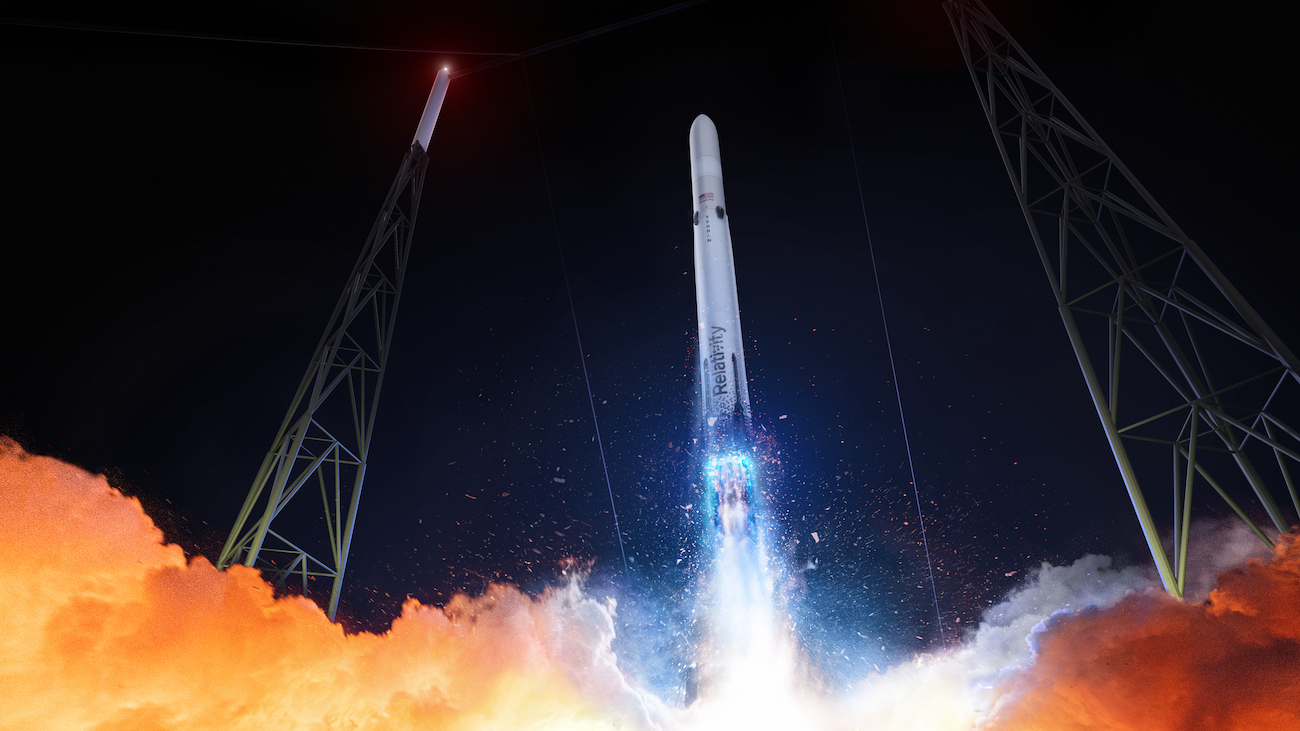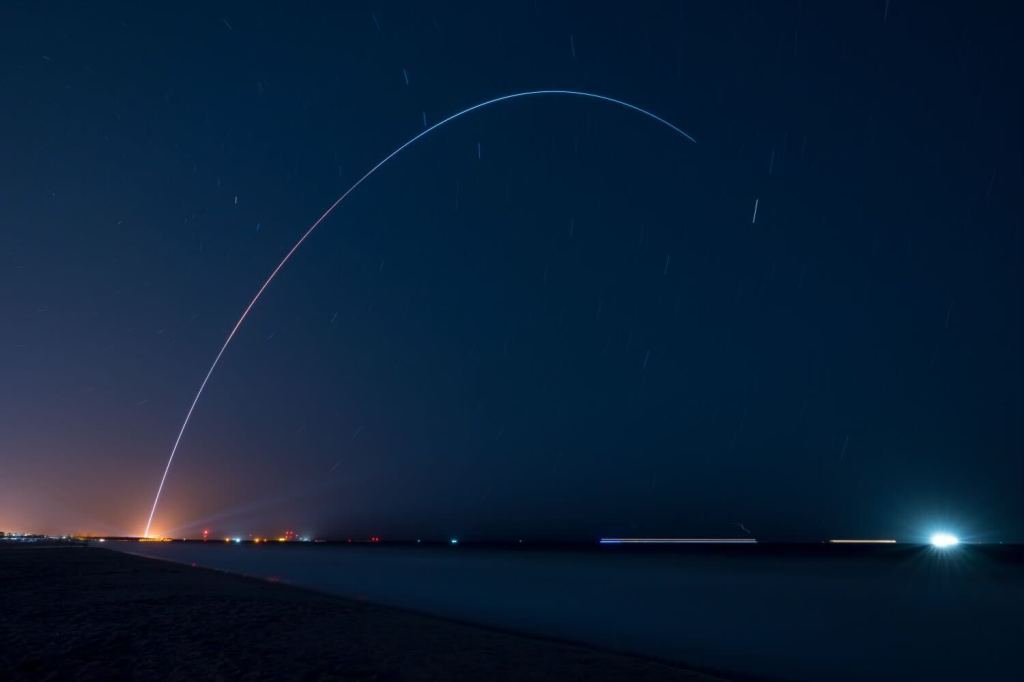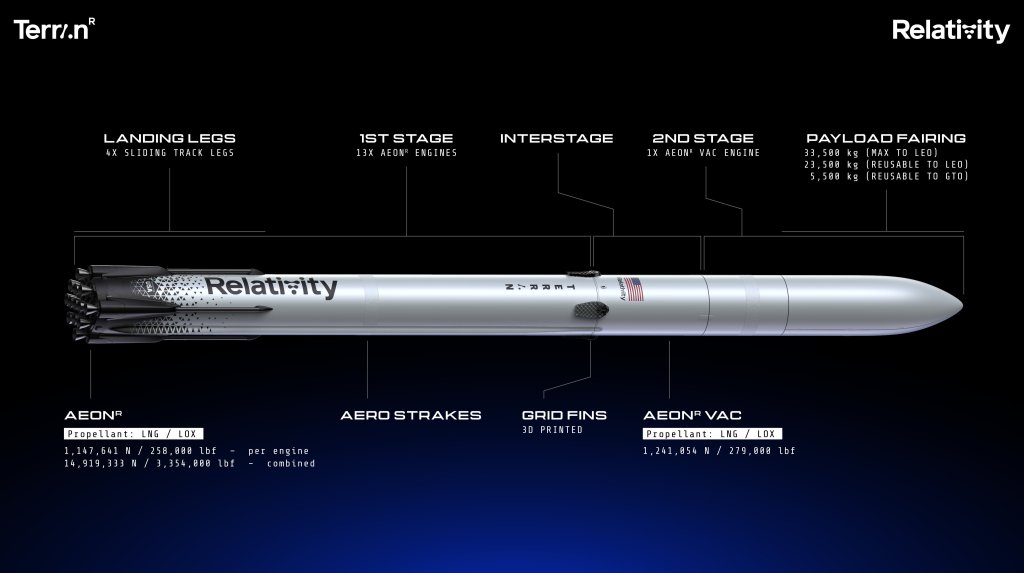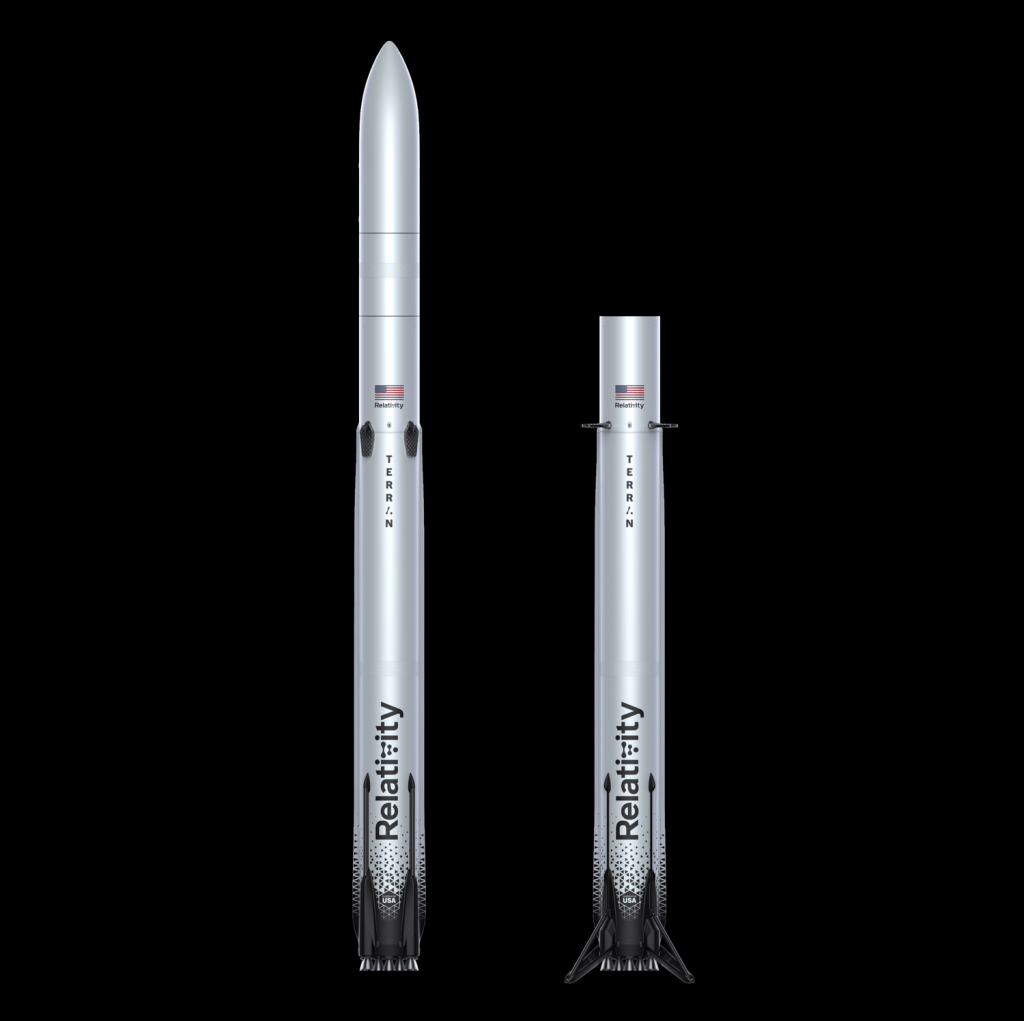
Relativity announced Wednesday that it isn’t just altering its future but potentially the future of the space launch sector. The change in goal came after a highly successful test flight of its Terran 1 rocket.
The company released an update on the finding of Terran 1’s “Good Luck Have Fun” mission. The message was clear, Terran R is the future and not Terran 1, even if the first mission was an overwhelming success, but didn’t make orbit.
What Relativity found post “GLHF” mission
Terran 1’s first flight proved that 3D-printed structures could survive the rigors of a rocket launch and that iterative testing provided a rocket that performed better than most other rockets on their first launch attempts.
Most importantly, the teams on the ground have gained the best experience they can get, which is only available during live launch attempts. Coordinating with the range, FAA, and other entities is not something you can get from a simulation, and nothing can substitute inflight telemetry from Terran 1.
The company is still looking into what caused the second stage to fail. It seems like some valves opened too slowly, and there was an air bubble in the oxygen pump (pumps really don’t like those). The investigation is ongoing with the FAA, and the company states it will release a full report once finished.

Overall, if the company was to continue with Terran 1, they could’ve easily got a second rocket built and launched later this year. With a fix to the second stage, they could be operational pretty quickly, but that doesn’t seem to be the case.
Relativity moving to a larger Terran R SpaceX competitor
Throughout the update, the wording is clear that Relativity wants Terran R to fly and be its primary rocket. While Terran 1 and the SmallSat market are still viable, the company sees a potential opening in the medium to heavy-lift launch sector.
Join our Discord Server: Join the community with forums and chatrooms about space! Also, directly support us via a Server Subscription!
With SpaceX dominating the market, ULA’s focus on government and defense contracts, Blue Origin’s slow development, and Relativity coming in with Terran R could be a smart play.
“It’s a big, bold bet,” Tim Ellis, Relativity CEO, told Ars Technica, “but it’s actually a really obvious decision.” The company’s Terran R was initially planned to be a fully reusable rocket but now will only feature a reusable first stage, similar to SpaceX’s Falcon 9.

Terran R 2.0 will now sport 13 Aeon R engines, span 18 feet wide, and sport a five-meter fairing. With a capacity of up to 23,500 kg to low Earth orbit with a downrange landing of its booster, Terran R is coming for SpaceX’s market share.

Some other changes are being made to Terran R to get it ready to enter the market. First, it will not be 85% 3D printed like the Terran 1. Actually, Relativity will be using some traditional methods to produce the tank sections that the rest of the industry use. However, the company wants to continue 3D printing on the rocket as much as possible.
Finally, the second stage will no longer be reusable. So gone are the days of Terran R looking like a miniature 3D Starship. However, a fully reusable Terran R isn’t entirely out of the question yet. “I’m calling it a prioritization of first stage reuse just because the economic benefit is so much greater,” Ellis told Ars, “and since we need to get into market, and get to a higher ramp rate as quickly as possible, it just made sense to focus company resources on that.
Is this a good play?
It’s an exciting move by the company we believed would be working on bringing a cheaper small-lift rocket to the market using 3D printing tech. But is it the right move? Only time will tell. The small-sat launch market is getting busy, and those in the medium and heavy lift markets seem to be moving slower (except SpaceX), which usually means a great time to be disruptive.
However, Terran R is not expected to have its first launch until 2026. That’s a long time after the planned first launch dates of Rocket Lab’s Neutron and Blue Origins New Glenn of 2024. So by 2026, the medium to heavy launch market could be very different.
Anyways, I’ll yield my opinions to those that can actually run a company capable of launching a rocket to space.
FTC: We use income earning auto affiliate links. More.

Comments